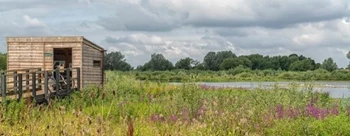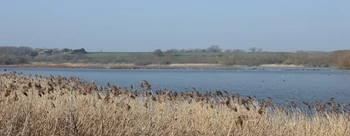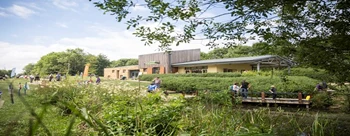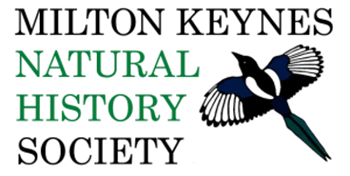MKNHS: Autumn's Wildlife Wonders 2023
I am sitting here in my study, putting together this blog, melting slowly in the incredible heat and humidity we’re experiencing at the end of the Summer of 2023. Autumn migration is well underway now, with lots of migrant species of bird gathering strength by fattening up their reserves in order to make their return flights to wintering grounds abroad, many in sub-Saharan Africa. This heatwave will undoubtedly help them with increased numbers of insects, assisting their feeding.
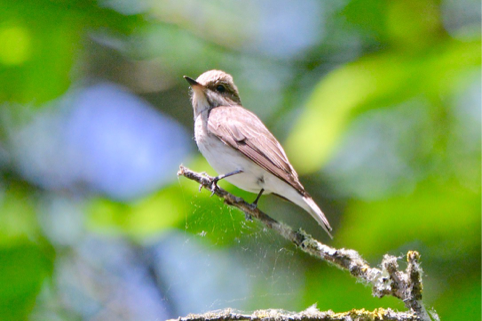 Spotted Flycatcher - a decreasing summer visitor to our shores…
Spotted Flycatcher - a decreasing summer visitor to our shores…
Their journey involves crossing Europe, often through countries where some make considerable efforts to kill large numbers of migrants, either through shooting or trapping for so-called sport. After making their way through these dangerous locations, these migrants face a long, arduous flight across the Mediterranean and then down the coast of West Africa, where more trapping takes place, especially of our sea birds. Terns, in particular, are regularly snared on this route or across the Sahara Desert, where a huge undertaking of thousands upon thousands of smaller birds perish through heat exhaustion or thirst. It makes one wonder why they bother migrating at all, such as the mortal dangers they face, and yet they’ll be back next Spring, setting up their territories and raising their families here in the UK.
I am lucky enough to have Swifts nesting in my house, both in my soffits and special boxes I have put up for them, and they have already left for their Winter quarters in South Africa, an enormous journey. This year’s young Swifts will fly continuously now for around three years before they consider making landfall at a potential breeding site (hopefully my nest boxes) having potentially flown tens of thousands of miles without landing; they feed, sleep and drink on the wing. They’re so well adapted to this aerial life that they’re unable to land on the ground or a branch; their toes all face forward, and they only have the ability to grip vertical surfaces, so their first-ever landing will effectively be upside down..! They shuffle in the nest boxes, then dive out in what seems to us an almost suicidal plunge but invariably and miraculously soar upwards and into the air, a wonderful sight to behold.
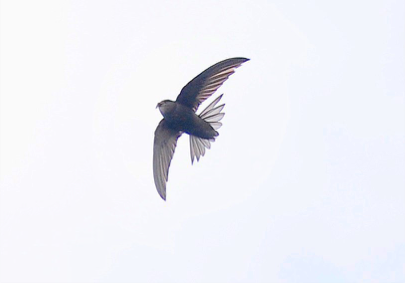 Swift - a superbly adapted aerial feeder, sleeper and drinker...
Swift - a superbly adapted aerial feeder, sleeper and drinker...
Other birds, animals and insects are preparing themselves now for the coming cooler months, many insects and animals now start to make Winter nests in order to hibernate or at least remain underground and in a relatively stable climate, safe from rain, wind and frost.
Our reptiles and amphibians especially are now putting on reserves of fat to see them through these leaner months, but the trend towards warmer, wetter Winters means that many of these creatures will not be able to hibernate properly and run the risk of emerging into a hostile Winter environment. Snakes, in particular, will come out of hibernation if there is a prolonged mild spell in Winter, and whilst they are capable of going back into their Winter quarters and restarting their hibernation, if they leave it too long and the sun sets, bringing the instant chill of Winter back again, they will be unable to move and freeze before that can safely return to their hibernating holes.
This past year has brought many exotic birds and insects to our shores, again through gradual climate increases, and we have seen several pairs of Black-winged Stilts, birds more associated with southern Europe, breeding here, as well as Bee Eaters, stunningly beautiful birds which have bred now for the past three years in England. Butterflies from the continent are increasing in numbers here, with Large Tortoiseshells starting to recolonise the southern counties, whilst migrant species such as Queen of Spain Fritillaries (what a name…!) are turning up in good numbers on our east coast.
 Queen of Spain Fritillary - an increasingly common sight on our east coast
Queen of Spain Fritillary - an increasingly common sight on our east coast
Jersey Tiger Moths are spreading inexorably north from their toehold in this country on the south coast and are now a regular sight on my Buddleia bush. They’re a spectacularly beautiful moth and a most welcome sight here. Not so welcome are Continental and Asian invaders such as the Asian Giant Hornet, which is now slowly establishing itself in colonies in the eastern counties. They have distinctive, large nests, about twice the size of a rugby ball which hang high up on tree branches, and the hornets themselves, whilst not that dangerous to us, prey on honey bee lava and will raid bee hives for this purpose, thus posing yet another threat to our bee populations.
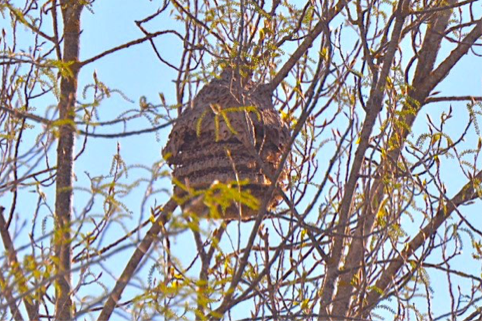 Asian Giant Hornet - a typical nest site high in a tree top…
Asian Giant Hornet - a typical nest site high in a tree top…
The Milton Keynes Natural History Society has now concluded its summer walks programme, and we are returning to our own Autumn and Winter ‘hibernation’ quarters in the beautiful old Cruck Barn at Bradwell Abbey for our Tuesday evening meetings. Our walks this year were a mixture of different locations and covered as much diversity of habitat types as possible, focusing on the likely species we hoped to connect with. They were a great success and were organised with all member’s interests being considered.
 MKNHS member - at Knocking Hoe National Nature Reserve in Hertfordshire
MKNHS member - at Knocking Hoe National Nature Reserve in Hertfordshire
We still hold walks on many Saturdays and Sundays in the winter months, too, which often cover areas not immediately within the environment of Milton Keynes. These are not strenuous route marches but are designed to make the most of the members’ abilities as well as to see as much of our wildlife as possible - so they are neither too long nor difficult, terrain-wise, with the emphasis firmly on enjoyment and participation.
You are most welcome to join us on these forays into the wilder parts of Milton Keynes and its surrounding areas; make yourself known to the designated walk leader upon your arrival and then simply immerse yourself in the friendly, welcoming atmosphere these occasions engender…you really will not be disappointed. Head over to our Milton Keynes Natural History Society website to see our upcoming programme, with evening talks that suit almost every discipline of natural history, and there will undoubtedly be something there which will appeal to you.
 Stag Beetle - a male of this spectacular insect, our largest beetle species, found on one of our evening walks in June and not far from Milton Keynes…
Stag Beetle - a male of this spectacular insect, our largest beetle species, found on one of our evening walks in June and not far from Milton Keynes…
Blog by Matthew Andrew, member of the Milton Keynes Natural History Society





